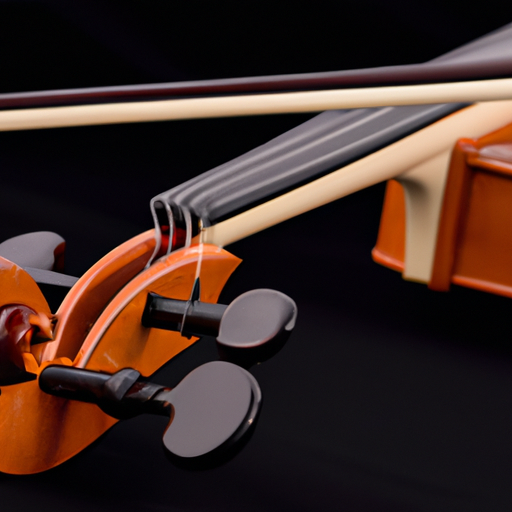
As any violinist will tell you, the bow is just as important as the instrument itself. The right violin bow can make all the difference in the sound produced. In this article, we will discuss the different types of violin bows and their unique features.

The violin bow has evolved significantly throughout history. In the early days, bows were made of materials such as wood and animal horn. As technology progressed, bows began to be made of materials like metal and synthetic materials such as fiberglass.

Classical violin bows are the most common type of bow used today. They are made of materials such as Pernambuco, Brazilwood, and snakewood. These bows are typically heavier and have a slightly larger curve than other types of bows.
Baroque violin bows are a type of bow that is more historically accurate for playing Baroque music. They are shorter than classical bows and are made of lighter materials such as whalebone, ivory, and tortoiseshell.
French violin bows are known for their elegance and finesse. They are typically made of Pernambuco wood and have a slim design with a slightly concave curve.
German violin bows are known for their strength and power. They are typically made of Brazilwood and have a straighter design with a flatter curve than French bows.
Carbon fiber violin bows are a more modern type of bow. They are typically lighter and more durable than other types of bows, making them a popular choice for travelling musicians. However, they can lack some of the warmth and nuance of traditional bows.
Electric violin bows are designed specifically for electric violins. They are typically made of carbon fiber and have a shorter length than traditional bows. They also have a different balance point, making them easier to play with amplification.
When choosing a violin bow, there are several factors to consider. The weight and balance of the bow are important, as well as the price. It's also important to consider the type of music you will be playing and the sound you are trying to achieve.
The right violin bow can make all the difference in the sound produced by a violin. Whether you choose a classical, baroque, French, German, carbon fiber, or electric bow, it's important to consider your needs and preferences when making your choice.
Click here to learn more about renting or purchasing a quality violin bow.